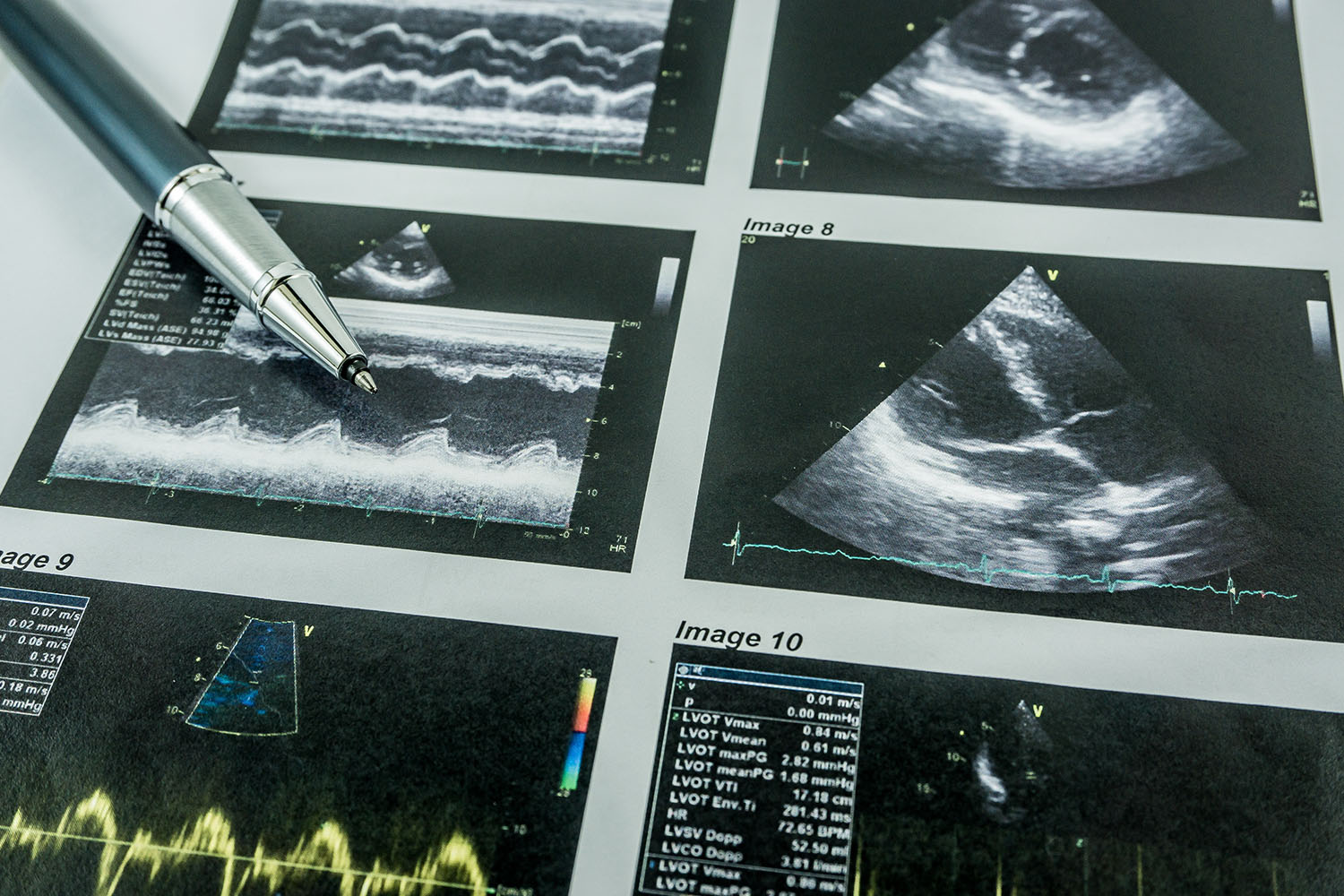Overview
An echocardiogram, often referred to simply as an “echo,” is a crucial diagnostic tool in cardiology. It uses ultrasound waves to create detailed images of the heart, allowing healthcare professionals to observe its structure and function. Understanding what an echocardiogram shows can provide invaluable insights into heart health, potentially saving lives through early detection of various heart conditions. This blog explores the intricacies of what an echocardiogram shows, drawing on international research and facts.

Heart Structure and Function
At its core, an echocardiogram provides detailed images of the heart’s anatomy and functionality. It can show the size and shape of the heart, the thickness of the heart walls, and the condition of the heart chambers. Specifically, it highlights:
Chamber Size and Volume: It can reveal whether the heart chambers are enlarged, which can be a sign of conditions such as cardiomyopathy or chronic high blood pressure.
Wall Thickness: The thickness of the heart walls can indicate hypertrophy, which often results from high blood pressure or other heart conditions.
Heart Muscle Movement: By showing how well the heart muscle contracts, an echocardiogram can help diagnose heart failure or cardiomyopathies.
Valvular Function
Echocardiograms are particularly effective in assessing heart valves. They can show:
Valve Structure and Motion: Identifying any abnormalities in the heart valves, such as thickening, prolapse, or damage.
Blood Flow Through the Valves: Doppler echocardiography, a specific type of echocardiogram, uses color to show the direction and speed of blood flow. This can reveal issues like valve stenosis (narrowing) or regurgitation (leaking).
Blood Flow and Cardiac Output
Another critical aspect of what an echocardiogram shows is blood flow. It can measure:
Ejection Fraction: This indicates the percentage of blood pumped out of the heart’s chambers with each beat. An ejection fraction below normal levels can signify heart failure.
Blood Clots and Masses: Echocardiograms can detect blood clots, tumors, or other masses within the heart, which are critical for preventing strokes or other complications.
Congenital Heart Defects
For children and adults, an echocardiogram can be instrumental in diagnosing congenital heart defects. These defects are structural problems with the heart present from birth and can range from simple issues like small holes between heart chambers to complex malformations requiring surgical intervention.
Pericardial Disease
The pericardium is the thin sac that surrounds the heart. An echocardiogram can show pericardial effusion (fluid around the heart) and other pericardial diseases, which can affect heart function.
International Research and Findings
International research underscores the value of echocardiograms in diverse clinical settings. According to a study published in the Journal of the American College of Cardiology, echocardiography is essential for diagnosing and managing heart failure, significantly impacting patient outcomes worldwide . Another study from The Lancet highlights the role of echocardiography in managing valvular heart disease, emphasizing its diagnostic accuracy and non-invasiveness compared to other methods .
Moreover, research from the European Society of Cardiology indicates that routine use of echocardiograms in patients with known or suspected cardiovascular disease can lead to early detection and intervention, improving overall survival rates .
So, what does an echocardiogram show? It provides a comprehensive view of the heart’s structure, function, and blood flow, aiding in the diagnosis and management of various heart conditions. From detecting structural abnormalities and valve issues to measuring cardiac output and identifying congenital defects, echocardiography is an indispensable tool in modern cardiology. With ongoing research and technological advancements, its role in improving heart health continues to expand, making it a cornerstone of cardiovascular diagnostics.
Understanding the capabilities of an echocardiogram empowers patients and healthcare providers alike, ensuring timely and accurate interventions that can save lives and enhance quality of life.


